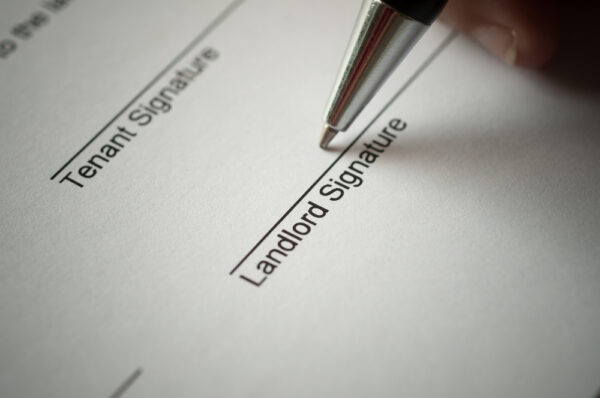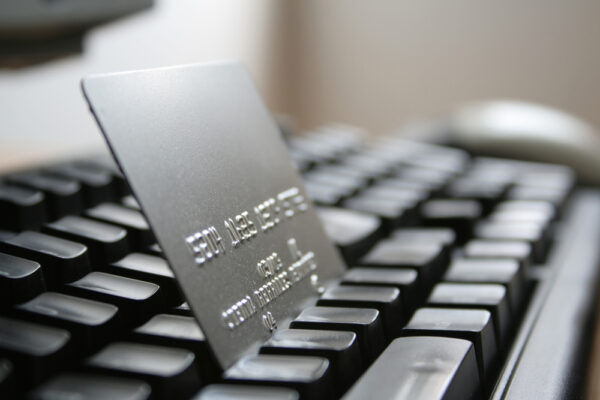 landlord’s operation, sometimes receives less detailed attention in these agreements. Usually, the terms are concise, primarily focusing on due dates and potential penalties. This often leads to a need for clearer communication to avoid misunderstandings and ensure a smooth rent collection process. This article details different rent collection strategies for landlords and property managers.
landlord’s operation, sometimes receives less detailed attention in these agreements. Usually, the terms are concise, primarily focusing on due dates and potential penalties. This often leads to a need for clearer communication to avoid misunderstandings and ensure a smooth rent collection process. This article details different rent collection strategies for landlords and property managers.
Online vs. Physical Rent Collection
As a landlord or property manager, you might be old school and prefer traditional, physical rent payment options, whether one of the various types of checks or simply cash. There’s not anything wrong with that, as long as you have secure and consistent protocols in place for collecting rent each month. The same goes for online rent collection apps and services. Transitioning to an established electronic rent payment platform won’t necessarily ensure that all of your tenants will suddenly begin paying rent on time: equally important is how you integrate rent collection technology, and how well you communicate your expectations to your renters.
We certainly won’t be arguing that cash is a more secure form of payment than a certified check in this article, but we will be covering each payment option in detail, and how you can stick to your preferred method of rent collection while still ensuring secure and timely rent payment. Additionally, we’ll touch on some of the best apps and services available to landlords for online rent payment.
Physical Rent Collection
If you’re not ready to collect rent electronically, you’ll want to at least be sure you know the differences between the various forms of physical payment, and how to choose which is best for your business.

Cashier’s checks, certified checks, and money orders are the most secure physical rent payment options, because their amounts are guaranteed by the issuing institution. By requiring your tenants to pay via one of these methods, you protect yourself from bounced checks and the complications that arise from them.
Nonetheless, checks are still physical objects that can be stolen or lost, and unlike electronic and online rent collection services and platforms, these forms of payment are not automatically documented and organized into an easy-to-navigate system. If checks are your preferred means of rent collection, you’ll need to set up protocols and safeguards to protect your cashflow.
Outline in your lease agreements and communicate clearly to your tenants where and how you want them to drop off their checks. If you have a leasing office with regularly kept hours, consider requiring that your tenants physically hand their checks to you or one of your employees, so that there can be no discrepancy down the road. Doing so allows you to immediately provide acknowledgement of receipt to the tenant, and then quickly enter the check’s information into your records: check number and amount, collection date, tenant information, etc.
This promptness also extends to the depositing of checks and the reconciling of your financial records. Establish a daily or semi-daily practice for check deposits, as this will help avoid delays in fund availability, and allow you to learn sooner rather than later if there are any problems with a given check. All of this is to say: the quicker the turnaround between collected check and processed check, the fewer disagreements between you and your tenants.
One last note for those who are truly old school and only accept cash as payment. Much of what we’ve already mentioned regarding checks applies to cash payments as well, though even greater caution is called for in regards to the latter. In order to not put yourself, your employees, or your tenants in unsafe situations, only accept payments and carry out deposits during daylight hours. We highly recommend that you only accept it in person, so that you can count the cash together, immediately issue a receipt, and promptly document the payment within your own records. Cash comes with pitfalls, but those can be avoided if you take the proper steps.
Online Rent Collection
If you’re a landlord who’s able and willing to leave checks and cash behind, it’s probably for the best that you begin thinking about how to collect rent electronically by integrating an online payment app or service.
By allowing your tenants to pay their rent using an online platform, you make the entire process easier and more efficient, and increase the likelihood that they will pay on time. Many rent collection apps allow renters to set up automatic payments via streamlined apps, making for a much more consistent cashflow.

And the process becomes easier on your end, too. You and your employees won’t be tasked with manually recording check numbers and amounts, tenant names, and dates, as an electronic record is automatically generated with each rent payment via online apps and services. Also eliminated is the risk that the payment is lost or stolen, and this translates to fewer worries and fewer potential headaches. Going digital means you can tear out that secure lock box and start letting your tenants pay safely from the comfort of their own homes—and they’ll thank you for it!
Best Rent Collection Apps for Landlords
So you’ve decided to ditch paper and go the way of the app. There are a number of options out there to choose from, some of which offer more robust suites of features in addition to rent collection. Here are some of the best online rent payment services for landlords.
- If you’re looking for a straightforward rent payment platform without a bunch of extra bells and whistles, PayRent is one of the best options on the market. It allows landlords to set due dates, require automatic payments, block partial payments, and automate late fees in the event of late payments. Tenants also have the option to pay their rent with a credit card via PayRent, and the service even offers access to emergency, interest-free loans for renters with an established history of on-time rent payments. These added benefits reduce the frequency of missed or late payments because of tenant cashflow problems, and are bundled into the service’s RentCred program, which includes free credit reporting and late fee forgiveness for your most financially responsible tenants.
- TurboTenant is a DIY platform, but it boasts a few additional perks that the latter doesn’t offer. With TurboTenant you’ll be able to set your tenants up with autopay, calibrate due dates, grace periods, and one-time/daily late fees, and even customize payment allowances for specific tenants (in the event that they are only able to provide partial rent prior to the due date). In addition to the typical digital rent collection fare, TurboTenant also offers automatic listing syndication, allowing you to simultaneously post your vacant units to popular websites such as Zillow, Apartments.com, and Trulia with a single click. The platform also offers a tenant screening suite, expense tracking, maintenance ticketing (check out MaintenancePlus), and more.
- If you are looking for a bank for your property or properties, check out Baselane. They provide multiple ways for you to split accounts based on properties, track expenses, and even split your account to safely store security deposits. They have high-yield savings options and an intuitive online platform. The only knock on them is they don’t have a user app (at least as of this writing). With Baselane, you can also set up automated rent collection. If you are using it for both banking and collection, your tenant deposits are in your account faster, versus having to transfer from one software to your bank.
Whatever your approach to rent collection—be it digital or analog—the important thing is to be thorough in your consideration of all its angles. Communicate effectively with your tenants, before and after the signing of the lease agreement, and be consistent with your rent collection protocol. Both your bank account and your renters will thank you in the long run.
Anything found written in this article was written solely for informational purposes. We advise that you receive professional advice if you plan to move forward with any of the information found. You agree that neither Lula or the author are liable for any damages that arise from the use of the information found within this article
